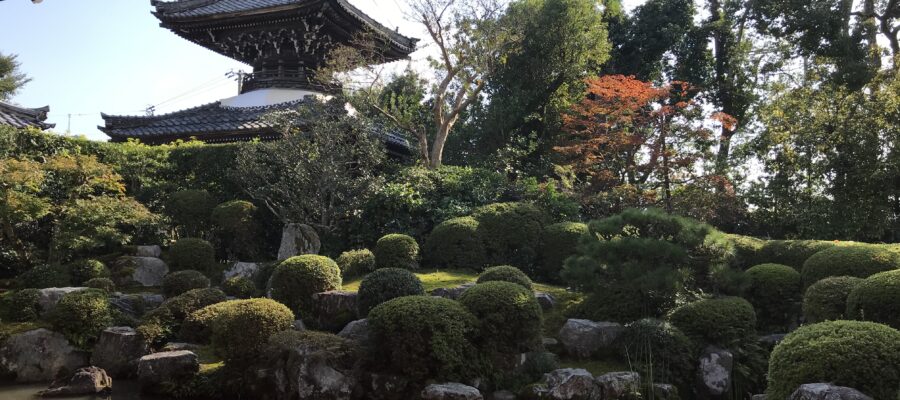嵐山を越えて亀岡へ
JR京都駅から嵯峨野線に乗って亀岡へ。そこから公共バスで西国霊場二十一番 菩提山 穴太寺(天台宗)に到着。書院で拝観料を払い、そこから本堂へは渡り廊下を通って入りました。御本尊は薬師如来と聖観世音菩薩様。でも、それだけでは終わりません。
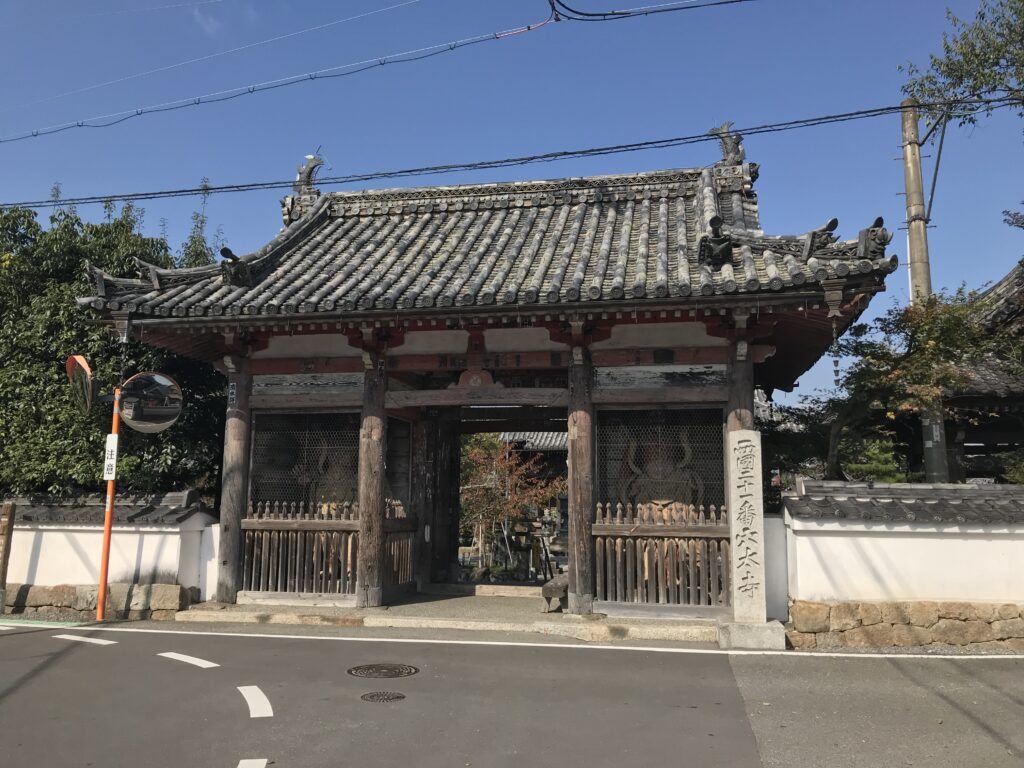
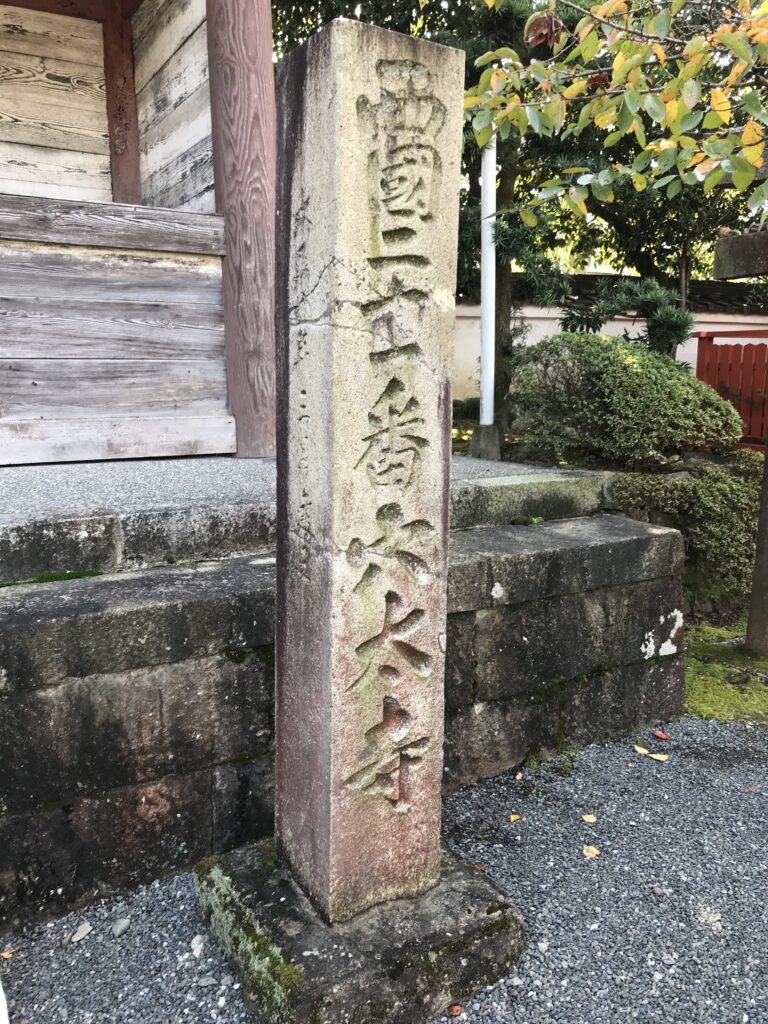
布団に寝ているお釈迦様
この本堂の右脇壇には、もう一つ、釈迦如来大涅槃像が横たわっておられます。写真を撮れないのが残念なのですが、このお釈迦様は布団にくるまっておられます。自分の病の個所と同じ部分を撫で、自分の体をさすると病が癒えると伝えられています。賓頭盧さんのようなご利益でしょうか。
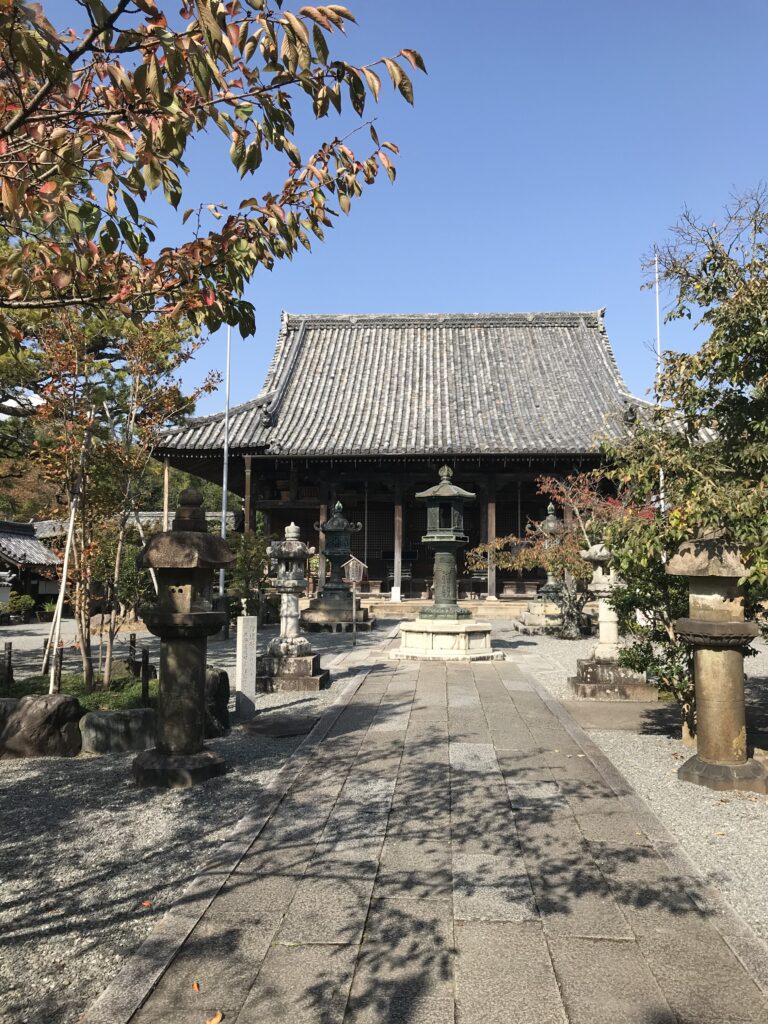
庭園鑑賞
本堂をお参りした後、書院に戻り南面する庭園を鑑賞しました。後方の多宝塔が借景として取り込まれ、そこに向かって築山がつくられていて、池との境には石組が配されています。軒と縁側に挟まれた額縁効果で、さらに奥行があるように感じられるから不思議です。
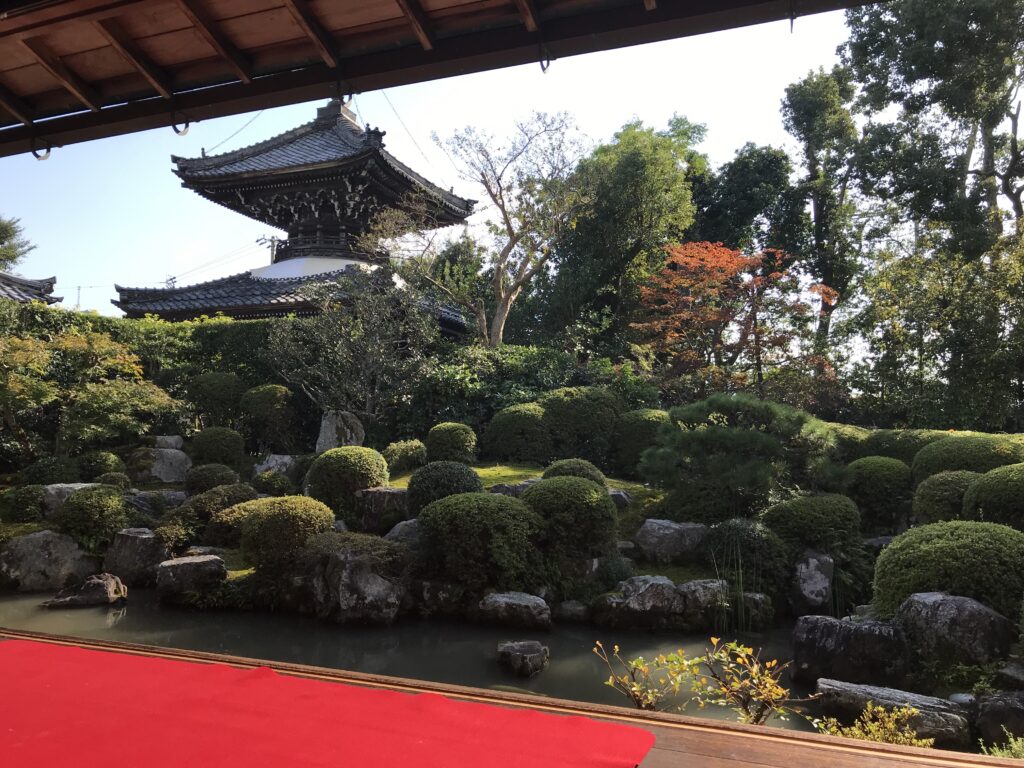
路線バスの本数が少ないため寺の方にタクシーを呼んでもらいました。タクシーが来てくれるまでの間、のんびりと庭園を眺めていました。今回は西国霊場巡りだったので庭園のことは全く頭になかったので、見ごたえのある庭園に出逢えて得した気分になりました。
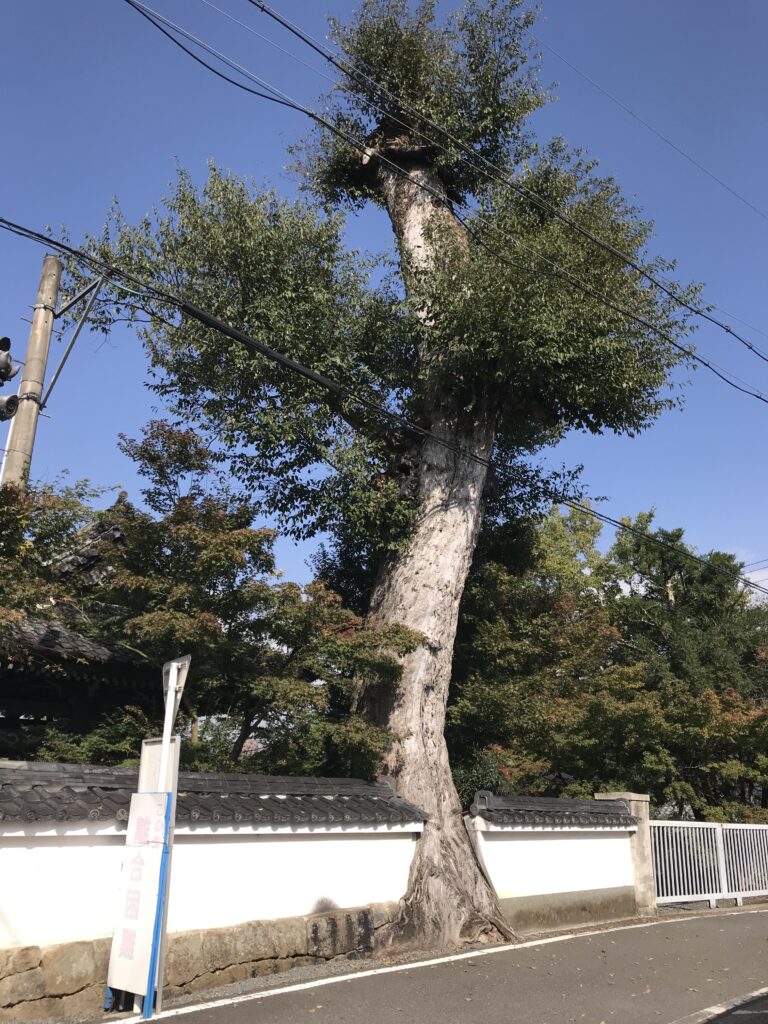
帰りに門を出ると左手側の塀を突き破るように大きな木が生えていまいた。西暦705年に創建されたと伝わるこの寺と、どっちが先なのか、そんなことを考えながらタクシーに乗りました。(完)
穴太寺の御朱印
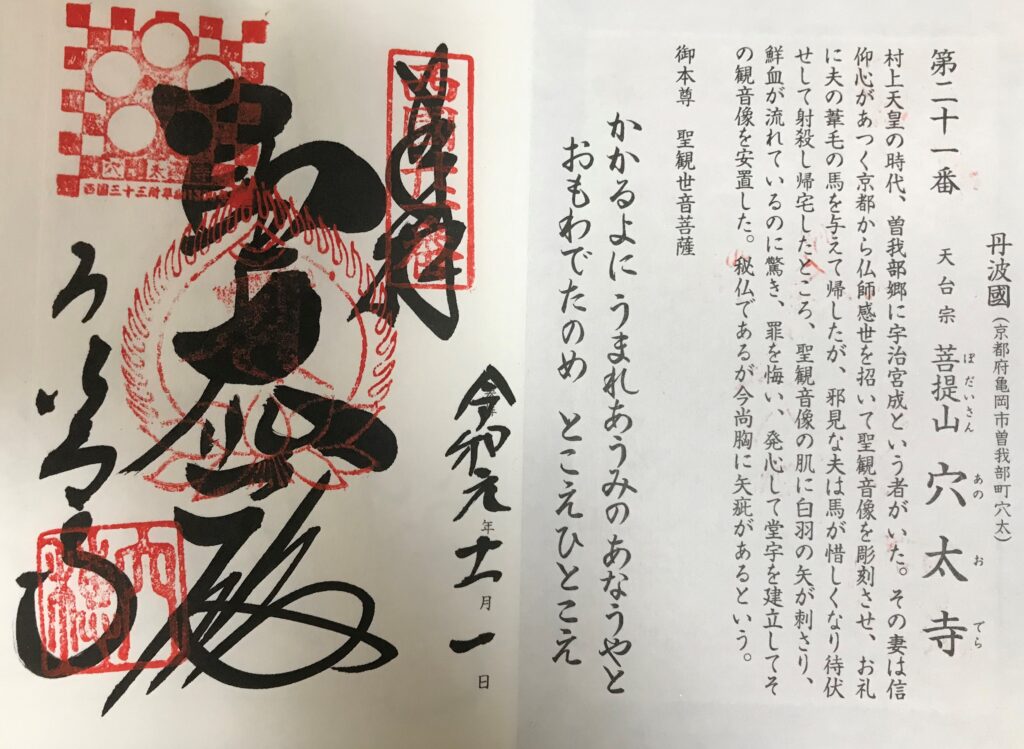
穴太寺が紹介されている書籍
穴太寺の布団に入ったお釈迦様が紹介されています。
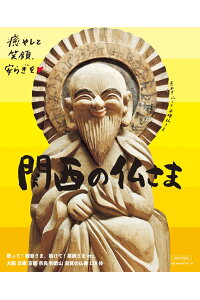
価格:990円
(2021/8/29 11:15時点)
感想(0件)
Anouji Temple (English)
Over Arashiyama to Kameoka
From JR Kyoto Station, take the Sagano Line to Kameoka. From there, I took a public bus to Anouji Temple (Tendai sect), the 20th sacred site in the western Japan. I paid my admission fee at the Shoin and walked through the corridor to the main hall. The main statues are Yakushi Nyorai and Sei Kannon Bosatsu. But that’s not the end of the story.
Buddha lying on a futon
On the right side of the main hall, there is another statue of Shakyamuni Buddha lying in nirvana. It is a pity that I cannot take a picture of it, but this Buddha is wrapped in a futon. It is said that if you stroke the same part of your body that is diseased and rub your body, you will be healed.
Garden viewing
After visiting the main hall, I went back to the Shoin to see the garden facing south. The pagoda in the rear was taken in as a borrowed landscape, and a hill was built toward it, with stones placed at the border of the pond. The framed effect between the eaves and the veranda made the garden seem even deeper.
I asked the temple staff to call a cab for me since the buses were not frequent. While waiting for the cab to come, I took my time to look around the garden. Since this was a tour of the sacred sites in the western part of Japan, I hadn’t really thought about the gardens, so I felt very lucky to have encountered such a spectacular garden.
On the way back, as I left the gate, I saw a large tree growing through the wall on the left side. I got into the cab, wondering which came first, this temple, which is said to have been built in 705 AD. (End)
Temple d’Anouji (Français)
D’Arashiyama à Kameoka
Depuis la gare JR de Kyoto, prenez la ligne Sagano jusqu’à Kameoka. De là, j’ai pris un bus public pour le temple Anouji (secte Tendai), le 20e site sacré de l’ouest du Japon. J’ai payé mon droit d’entrée au Shoin et j’ai traversé le couloir jusqu’à la salle principale. Les principales statues sont Yakushi Nyorai et Sei Kannon Bosatsu. Mais ce n’est pas la fin de l’histoire.
Bouddha allongé sur un futon
Sur le côté droit du hall principal, il y a une autre statue du Bouddha Shakyamuni couché dans le nirvana. Il est dommage que je ne puisse pas la prendre en photo, mais ce Bouddha est enveloppé dans un futon. On dit que si vous caressez la même partie de votre corps qui est malade et que vous vous frottez le corps, vous serez guéri.
Visite du jardin
Après avoir visité le hall principal, je suis retourné au Shoin pour voir le jardin orienté vers le sud. La pagode à l’arrière a été prise comme paysage d’emprunt, et une colline a été construite vers elle, avec des pierres placées à la limite du bassin. L’effet de cadre entre l’avant-toit et la véranda faisait paraître le jardin encore plus profond.
J’ai demandé au personnel du temple d’appeler un taxi pour moi car les bus n’étaient pas fréquents. En attendant l’arrivée du taxi, j’ai pris le temps de regarder le jardin. Comme il s’agissait d’une visite des sites sacrés de la partie occidentale du Japon, je n’avais pas vraiment pensé aux jardins, et je me suis donc sentie très chanceuse d’avoir trouvé un jardin aussi spectaculaire.
Sur le chemin du retour, en quittant la porte, j’ai vu un grand arbre qui poussait à travers le mur sur le côté gauche. Je suis monté dans le taxi, en me demandant ce qui était arrivé en premier, ce temple, qui aurait été construit en 705 après J.-C.. (Fin)
